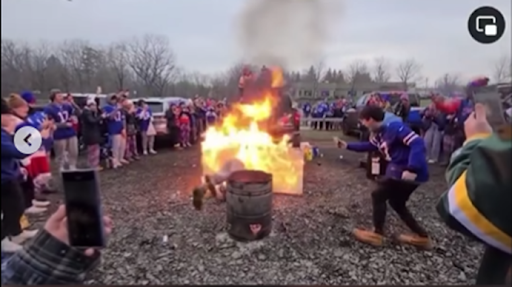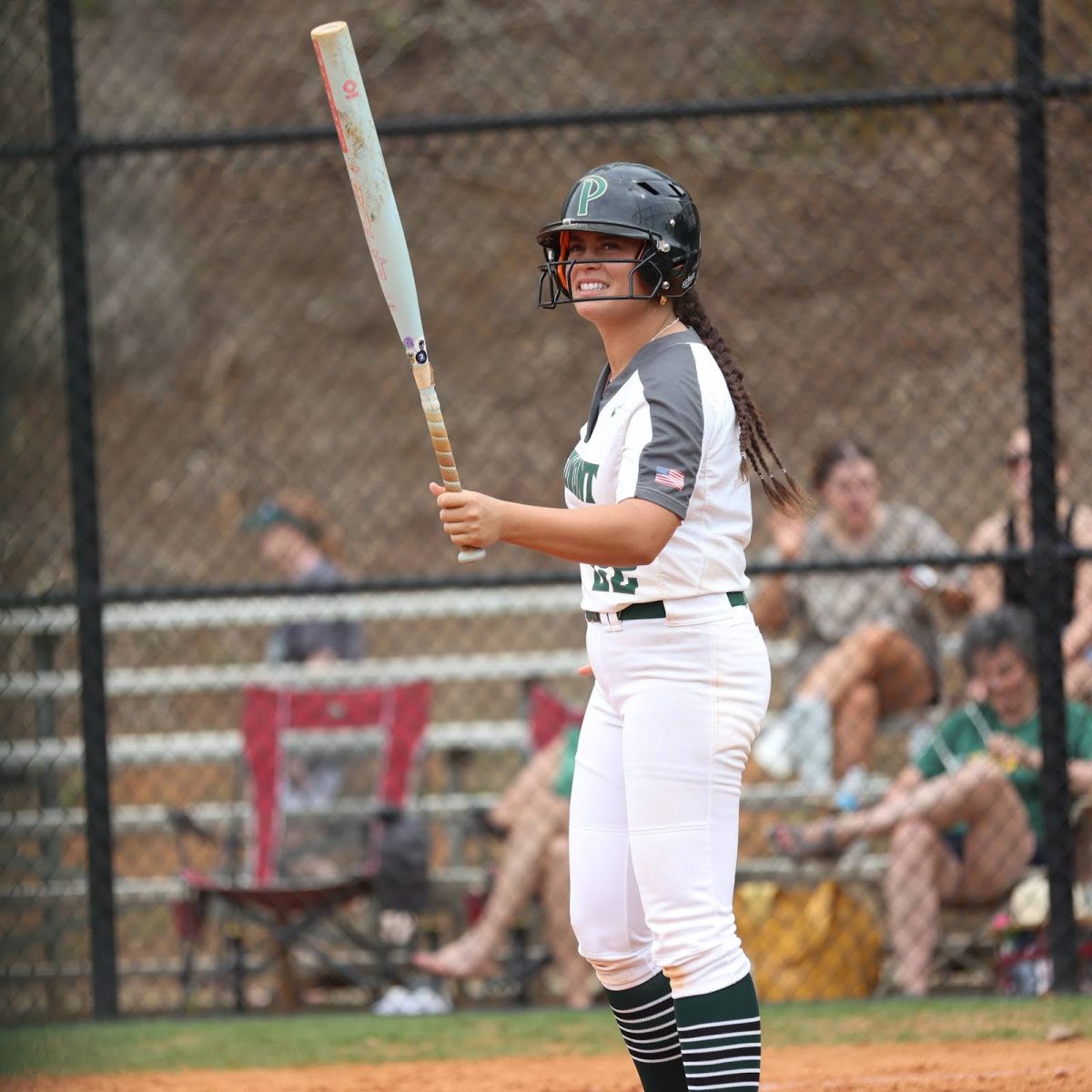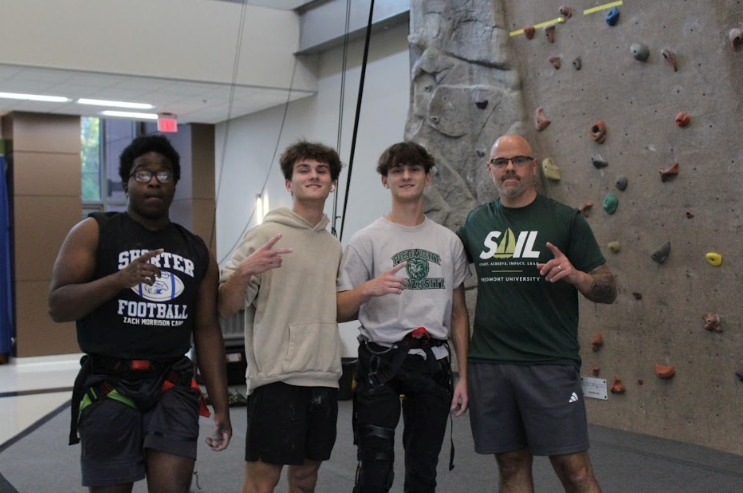
There is no question that sports fans are known to be intense. They have an ability to impose on how players play a game just through their sheer presence and the loud environment they create. The very pinnacles of sports fan bases embody some form of army-like mentality. Bills Mafia and the Redvolution reflect the militia ideology in their name alone. Penn State’s white-out games, the loud decibels of the 12th man and other fan groups reflect an army presence that imposes on anybody who plays in their home stadium. If someone is a Green Bay Packers fan, they are often referred to as a “cheesehead”, reflecting the culture of the Green Bay area as cheese packagers. Fans will often wear hats shaped like wedges of cheese, embracing the term “Cheeseheads”.
Sports themselves are an activity centered around the conflict of competition with teams and players trying to outdo one another to achieve some goal or prize. The behavior seen by sports fans centers around some form of that conflict. Rivalries are a great example of a scenario where some games and matchups matter more to fans than others because of the heightened conflict between the participants. It is during rivalry games that fans are the most intense, the most passionate, and arguably the most prone to engage in fan violence.
“It makes the team play harder,” said Gel Lux, a sophomore sports communications major who is a die-hard Buffalo Bills and Atlanta Braves super fan. “They start to build so much hate for each other and it’s really fun to watch. Rivalry games [when they build up this much hatred for each other] become more interesting to watch, and that’s how fan bases grow; it’s to watch [games] like that.”
Fan violence is the most extreme form of fandom. Whether it’s the way banter goes too far, or if somebody throws a drink or food, fan violence looks different in its actions and intentions, but the emotions are often directly correlated to the natural intensity of sports. Fan violence, all too often, results in the injuring or death of other sports fans. While lost in the intensity of the game, sports fans seemingly lose sight of the fact that everybody who attends a game is there for the same thing: to cheer for the players and team that they want to see win.
Lux said, “I feel like if you’re not hurting anybody, it doesn’t matter…If you’re screaming at each other, that can turn into violence, but also fans can fight each other, even if they’re rooting for the same team…A lot of fights start over opinions…As long as you’re not causing violence, you can scream and shout as loud as you want as long you aren’t being rude to the other team or other fans.”
The way to prevent fan violence is to define the otherwise hazy line between natural fan intensity and violent nature. Intensity is normal and is okay to feel as a fan, but it cannot cloud the judgement in a way that takes away from the enjoyment of other fans. Sports fans are there to enjoy sports. We can banter and poke fun a little bit at other people’s favorite teams, but at the end of the day, the teams other people cheer for are as much a part of their identity as your team is for you. Mutual respect amid fan intensity is very achievable if fans choose to look outside of themselves. In the end, it will endorse a positive, safe environment for all fans to enjoy the sports they love.













